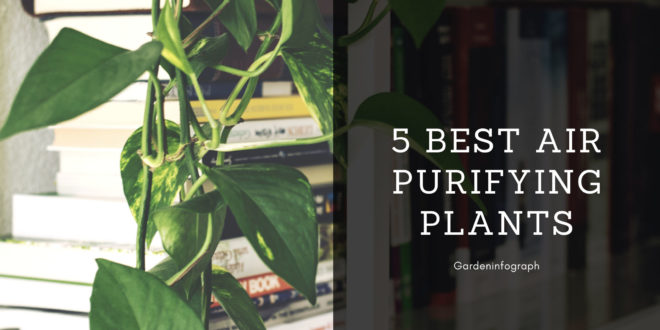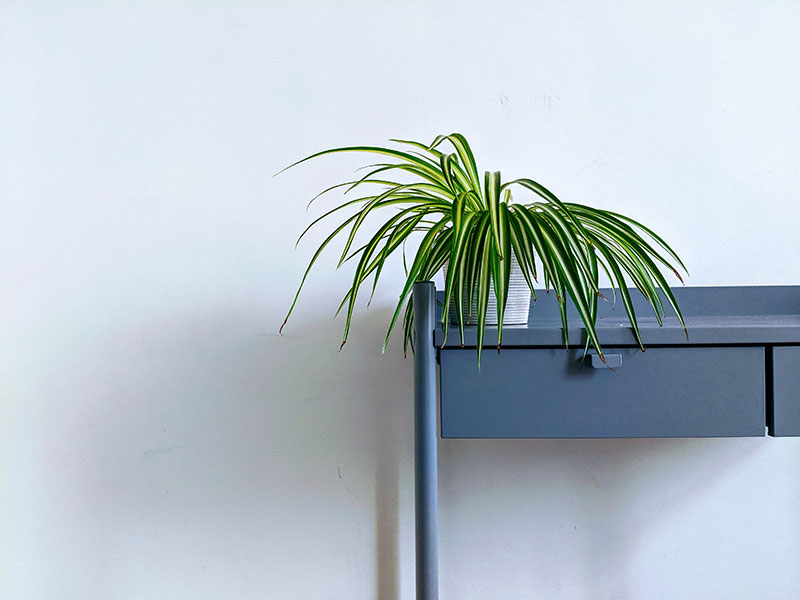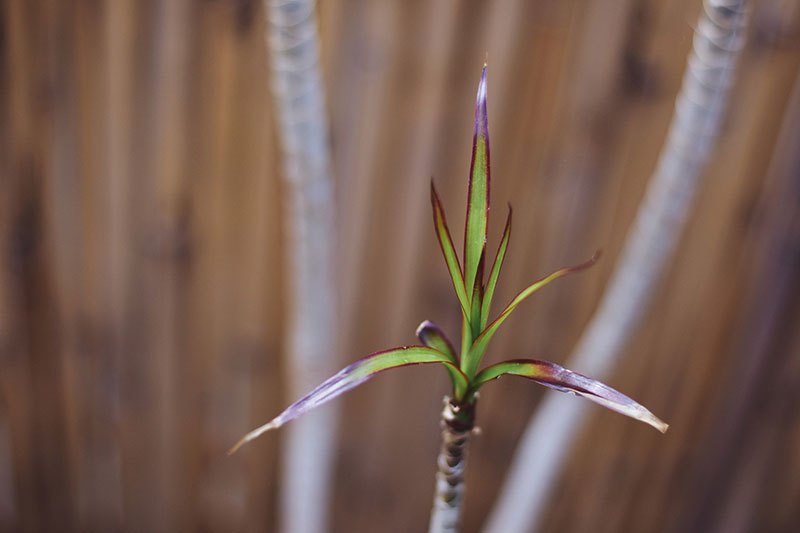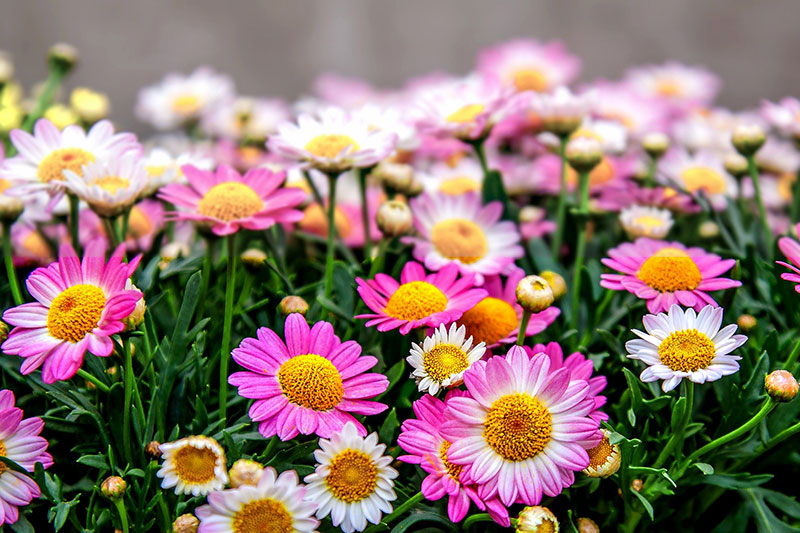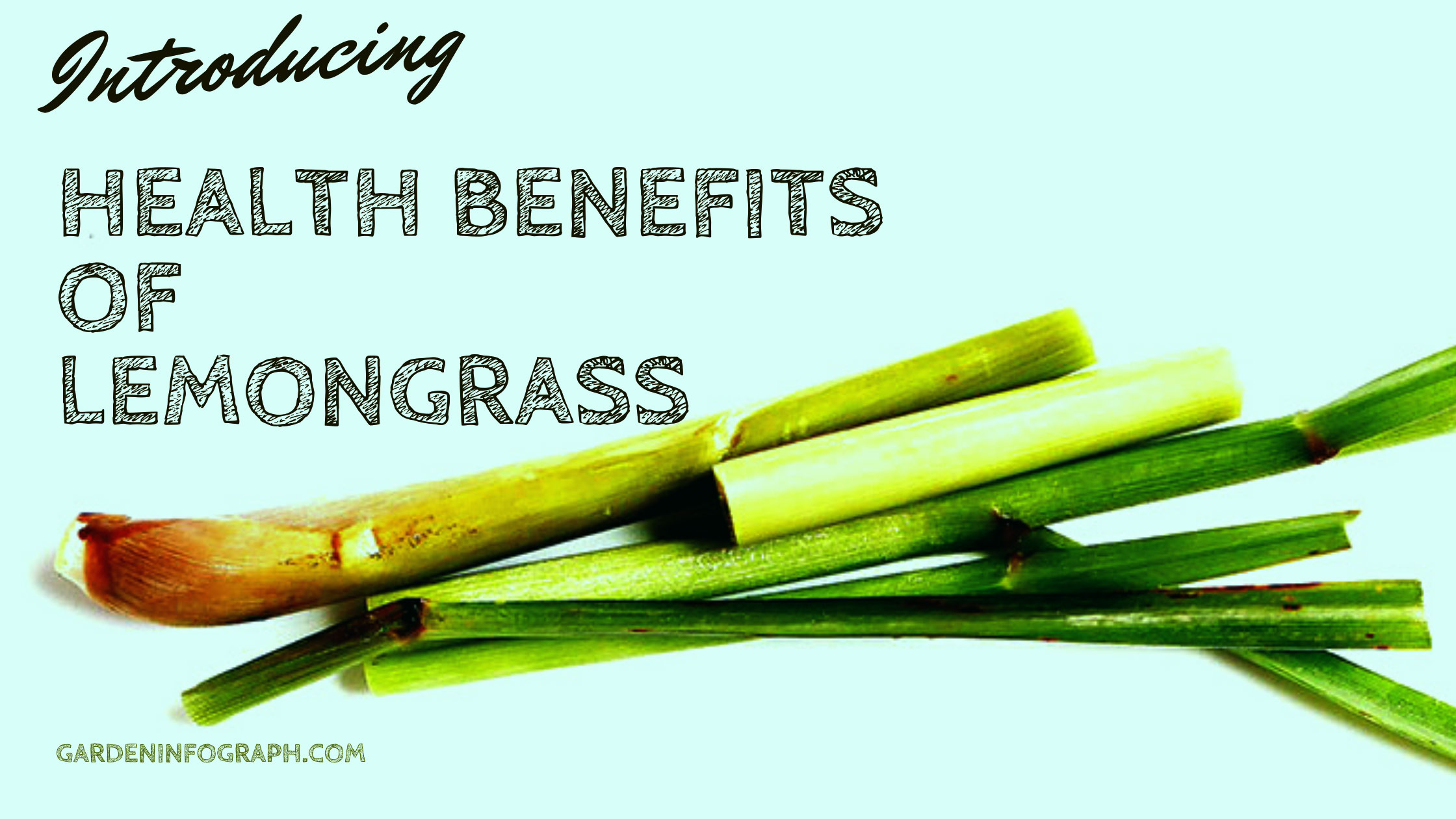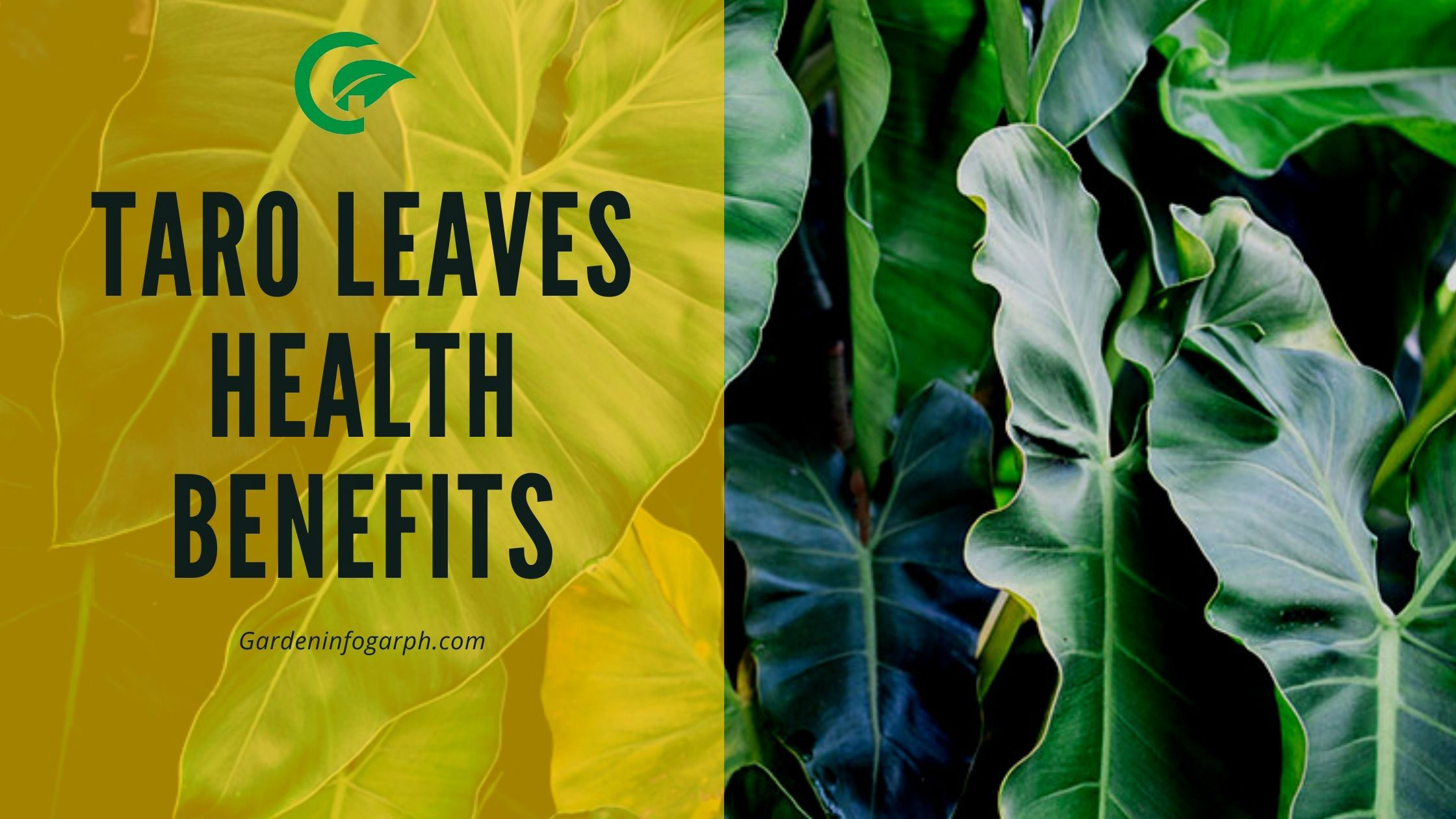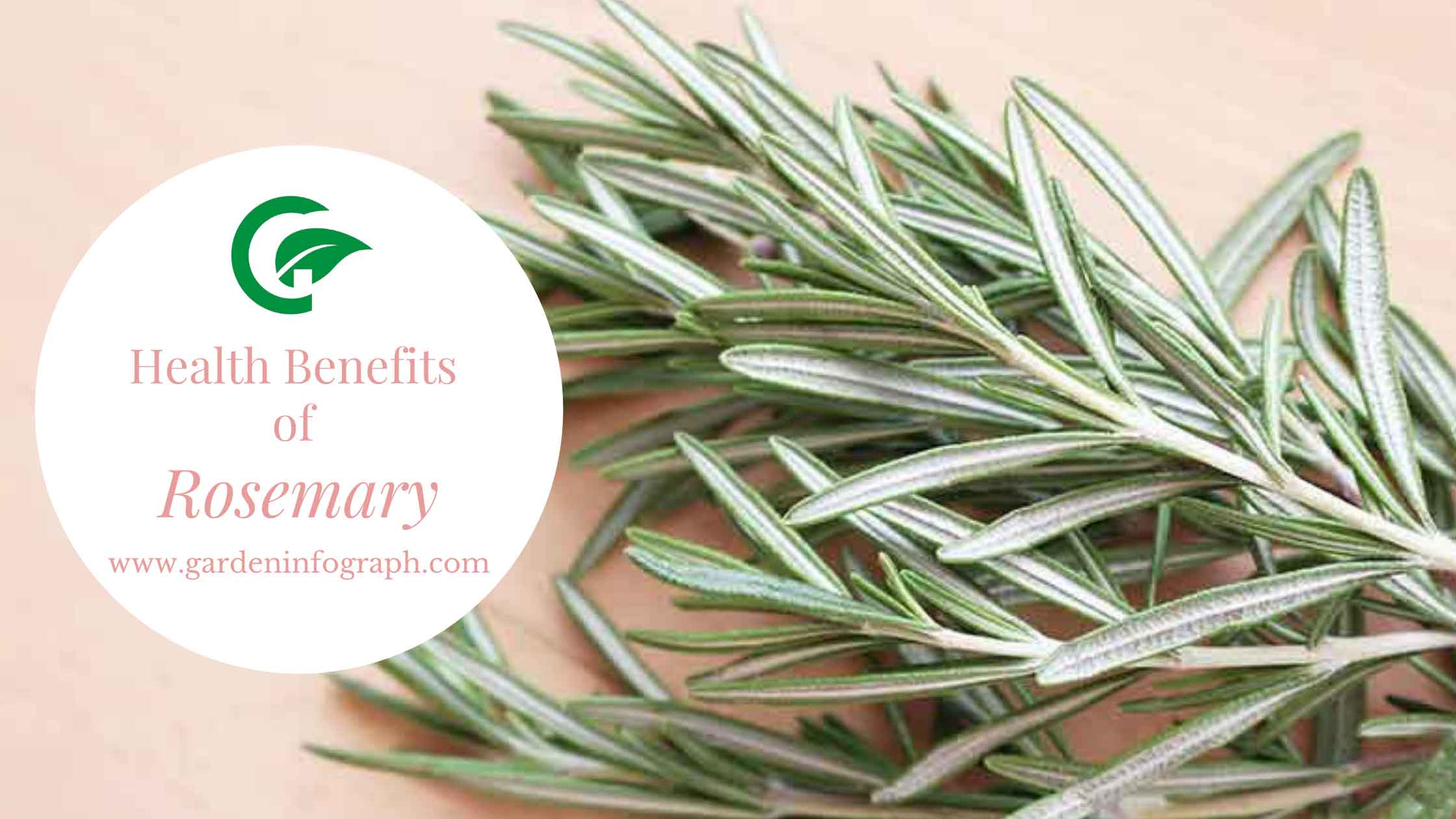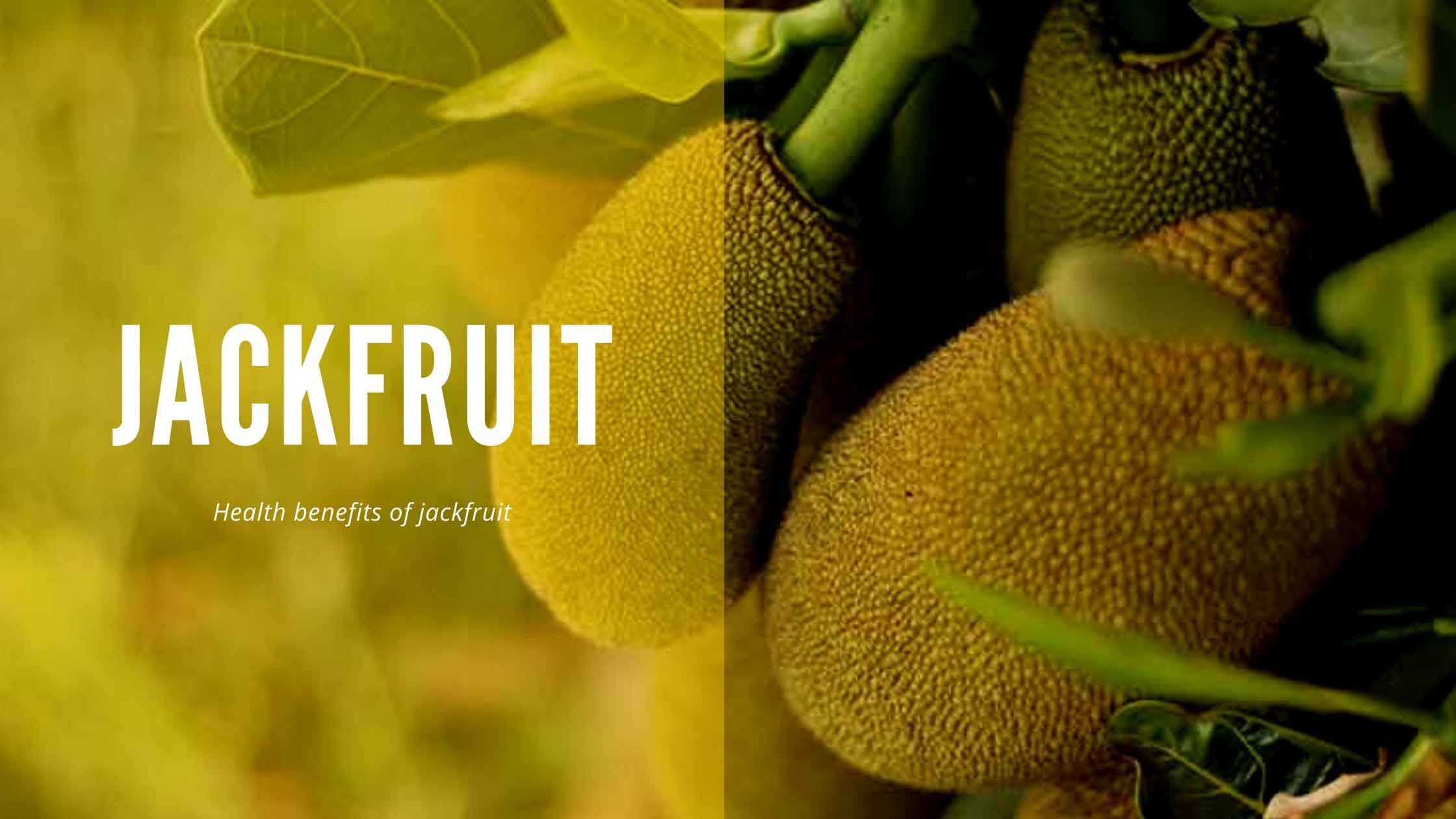Air-Purifying plants
Indoor air pollution
Here are some air purifying plants for living life efficiently is what everyone wants. This efficiency can also bring some side effects with comfort. Contaminated or less airflow is one of the side effects. It can lead to increases in air pollution inside the homes. This indoor pollution can lead to health issues like asthma or sick building syndrome.
Do you know, your furniture and all the engineered materials you have in your homes can contain many germs more that we can think of. This pollution mixed with less airflow can result in major indoor air pollution.
Importance of indoor plants
According to research done in NASA, planters absorb harmful toxins from the air. If you have an enclosed space with less ventilation planters are perfect for you.
Further studies have proved that houses having indoor plants have much pure air as compared to other houses. Air purifiers are the best for faster results.
Pros of having indoor plants as air purifiers:
- Natural
- Cost-effective
- Therapeutic
- Create positive vibes around you
- They also increase productivity and boosts mood
- Great stress buster
- Adds design element to your house
Put as many plants as possible in your house to prevent unwanted toxins. A study tells putting plants in every 100 square feet will have larger impacts. There are some special plants that remove toxins and chemicals better than others. We will discuss those plants in detail.
Certain household things in our homes contain household chemicals that are contagious. These things include carpets, rugs, pots, cleaning solutions, things that retain moisture, glues, ovens, synthetic materials, plastic, fiber, etc.
Cautions before selection your indoor plants
Air-purifying plants can be toxic. They are not toxic to humans but for your pet cats and dogs. Before buying plants you must learn more about toxic and non-toxic plants. These plants might look very attractive but can be life-threatening also.
Where there are plants there will be moisture and an increase of mold growth will be noticed. Make sure to drain the water into a pan regularly.
You can also cover the top of the pot with pebbles and stones to prevent moisture from letting out.
Read more: 9 best air cleaning plants
5 air purifying plants
New to gardening? Here is the list of plants that are easy to care for and are low maintenance.
Spider plants (Chlorophytum comosum)
Spider plants are also called air plants. These plants grow at a fast pace. They are mostly used as hanging plants but can also be planted in pots.
These plants are evergreen plants. Few days after the plantation they bloom beautiful white blossoms. These are tiny white flowers.
There are more than 200 species of spider plants. These plants are the least maintenance plants.
Water: Twice a week. These plants can survive in dry weather. They do not need much water. They are versatile plants if they get the appropriate sun they will be fine.
Danger: These plants are not dangerous. They are eco-friendly and pet-friendly plants.
Benefits: Snake plant reduces formaldehyde and xylene from the air inside our homes.
Learn how to care of spider plants
Dracaenas
If you want a plant that comes in all the shapes and sizes according to your requirements. Then, Dracaenas are your type. Select from a large variety of tall corn plant, variety with interesting patterns, they even come in a variety of rainbow plant, purple colored plants.
Water: less water. Twice or thrice a week. They do not need much water. They survive in damp soil and not soggy. If you put too much water in, it might die.
Danger: These are toxic plants. These plants are not deadly for your pets but they can make them vomit many times a day. If your pet ate this plant they might salivate more. They can also face problems like dilated pupils.
Benefits: It reduces formaldehyde, xylene, toluene, benzene, and trichloroethylene from the air inside our homes.
Also read: Dracaena care guide
Golden pothos (Epipremnum aureum)
Golden pothos is also known as devil’s ivy. This plant can grow to a height of 8 feet. This plant is known to purify air very efficiently. A study in NASA verifies this statement. It removes commonly found toxins and gives pure air to breathe.
Water: Water only when you see the mud is dry. Trim the tendrils to maintain its shape and looks.
Danger: Golden pothos is very toxic and can be life-threatening. Put it out of reach for both cats and dogs.
Benefits: Golden pothos plant eliminates formaldehyde, xylene, toluene, benzene and carbon monoxide from the air.
Golden pothos is the best indoor houseplants to grow
Areca palms (Chrysalidocarpus lutescens)
Areca palms are native to Madagascar. These plants are easy to grow, especially in outdoors. This plant needs plenty of light and sun to bloom to its fullest. It will be a great addition to your interiors.
Water: Areca palm plant needs a lot of water until the roots are strong. Waterless in the winter season. After also when it becomes a big plant it needs a good amount of water.
Danger: Areca palm plants and their leaves are non-toxic to both cats and dogs.
Benefits: Areca palm eliminates benzene, carbon monoxide, formaldehyde, trichloroethylene, and xylene from the air.
You can buy areca palm from here
Chrysanthemums (Chrysanthemum morifolium)
Chrysanthemums (Mums) are at the top of the air purifying plant list. They remove the toxins that are present around us daily and are easy to reach. It also eliminates ammonia from the air.
Chrysanthemum’s flower does the air-purifying job. This flower blooms for six weeks. This plant needs to be treated with fresh fertilizers to keep blossoming.
This plant needs a constant flow of nutrients to keep blooming. If you don’t want to change the fertilizer you can simply change the pot.
Remember without the flower it will not purify the air efficiently.
Water: It is difficult to survive in dry soil. Therefore, try to keep the soil wet. Keep a check on its soil. Do not put excess water little water will work.
Too much water and it might die.
Danger: This plant is toxic to animals. Try to keep it away from the area where your pet likes to hang out more.
Benefits: This plant removes formaldehyde, xylene, benzene, and ammonia from the air inside and outside our homes.
Learn how to plant and care for mums
Here at garden infograph we try to bring in front of you many relatable topics that are can add up to a healthy diet in your homes to keep your family and friends healthy. Some topics that we have covered are 8 food to hydrate your body, 9 foods that boost your immune system, 5 powerful Ayurvedic herbs, and benefits and you will find many more.
 Garden infograph We provide our best experinces about plants
Garden infograph We provide our best experinces about plants
